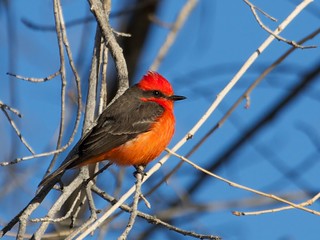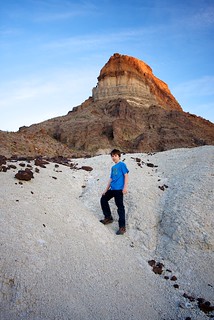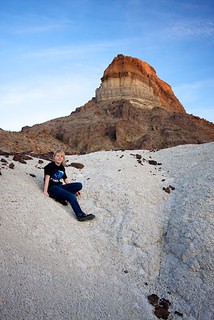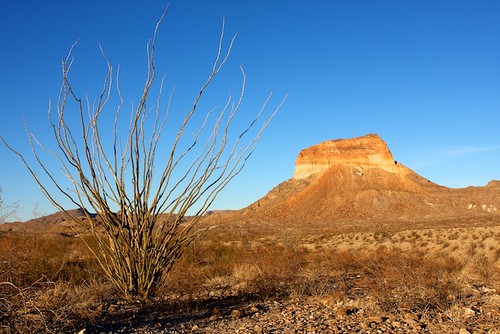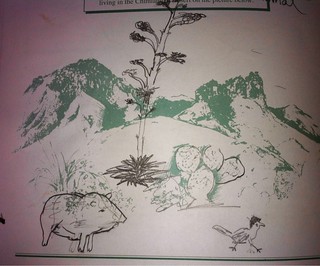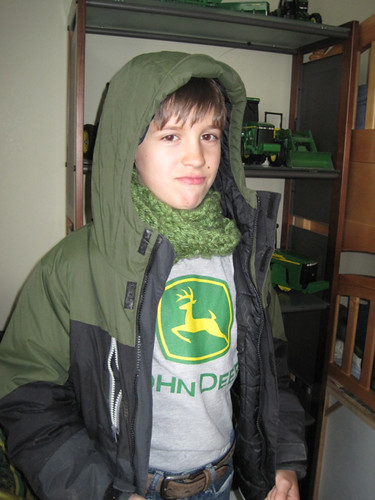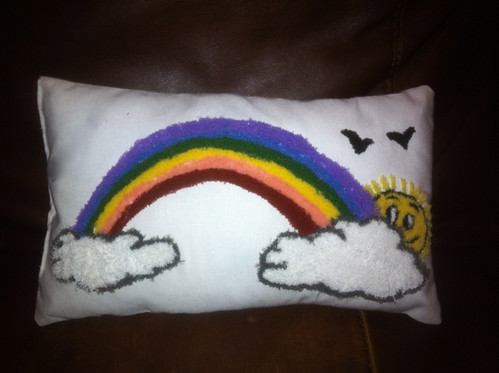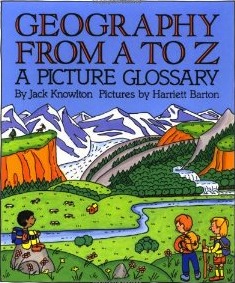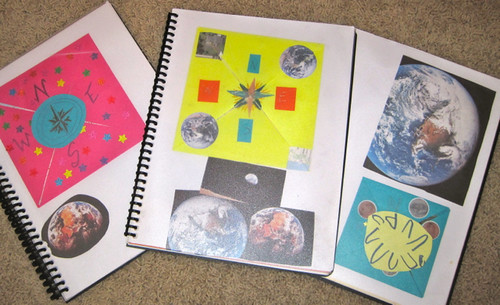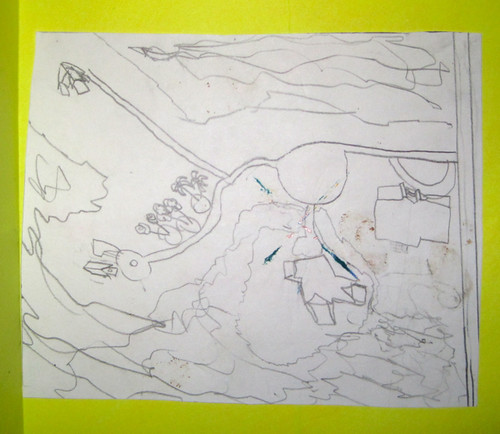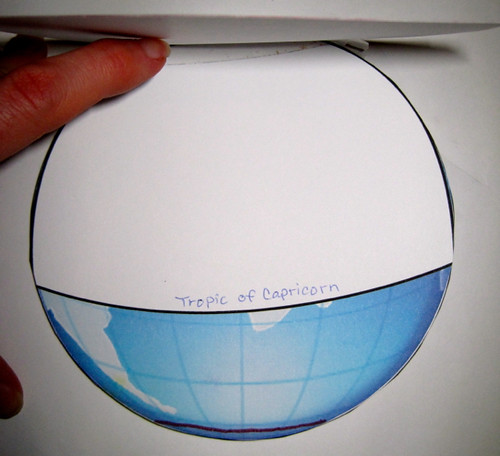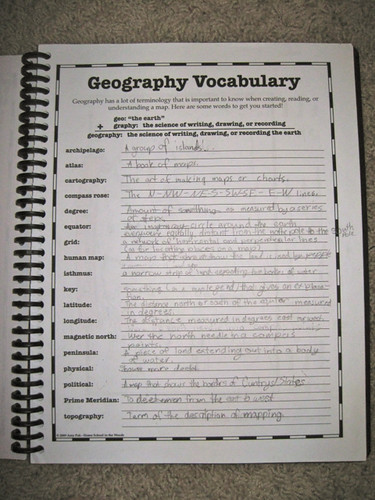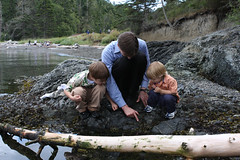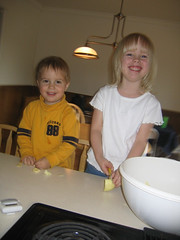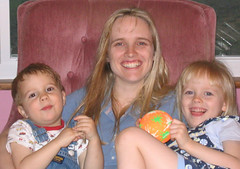We made a speedy trip to Big Bend National Park a few weeks back. This was another national park that I had wanted to visit for a very long time. We have a few friends who love this park, so I was very curious. It is indeed an amazing park. It is so, so, so big and so, so dry. I enjoyed the visit to the opposite type of place from where I live.
We took so many pictures, that I will have to split the post up into a few parts, so that I can share all of my favorite ones!
The first night that we were there, we stayed in campground called Cottonwood Campground. It was quite a nice spot for birding. It was very close to the Rio Grande River, plus there was a stream or spring or some water source that kept the campground green and it has quite a few trees. Here are a couple of shots of the Vermillion Flycatcher that lived in the campground.
In that campground, we also saw Cardinals, Pyrrhuloxia, Ladder-backed Woodpecker, and some other more common birds.
One of the fun things we did that evening was to drive down to the Rio Grande. I was a little disappointed. It was my first time to see the river with such a big name. To me, it seemed like just a little more than a stream. But we had fun throwing rocks across the river and knowing that we were throwing rocks into a different country–Mexico.
Then we drove up the road and climbed around on hills made of volcanic ash, while my husband had fun playing with his camera. Here are a bunch of pictures that he took from this spot.
The above picture is of an Ocotillo bush. Someday, maybe I will get to see one with flowers on it. We saw hints of buds on a few of the Octotillos. The picture below is one that my husband and father-in-law spent a lot of time working on. It is of my father-in-law’s van driving down the curvy road at dusk, while my husband had a very long exposure on his camera. You never knew that a van could give you the race-car impression before, did you?
After we returned to our tents from this excursion, we were greeted by Javelinas. We were all excited to meet Javelinas, as long as they didn’t mess with any of our stuff. Well, one of them chewed the zippers off of one of our large duffels. Oh, well. This was a new animal for all of us. It was dark when we met them, so we don’t have any pictures to prove our story, but a few of my kids added pictures of Javelinas to their Junior Ranger Booklets. Here is one of Zippy’s drawings of the Javelina. It is the pig-like animal on the left.

